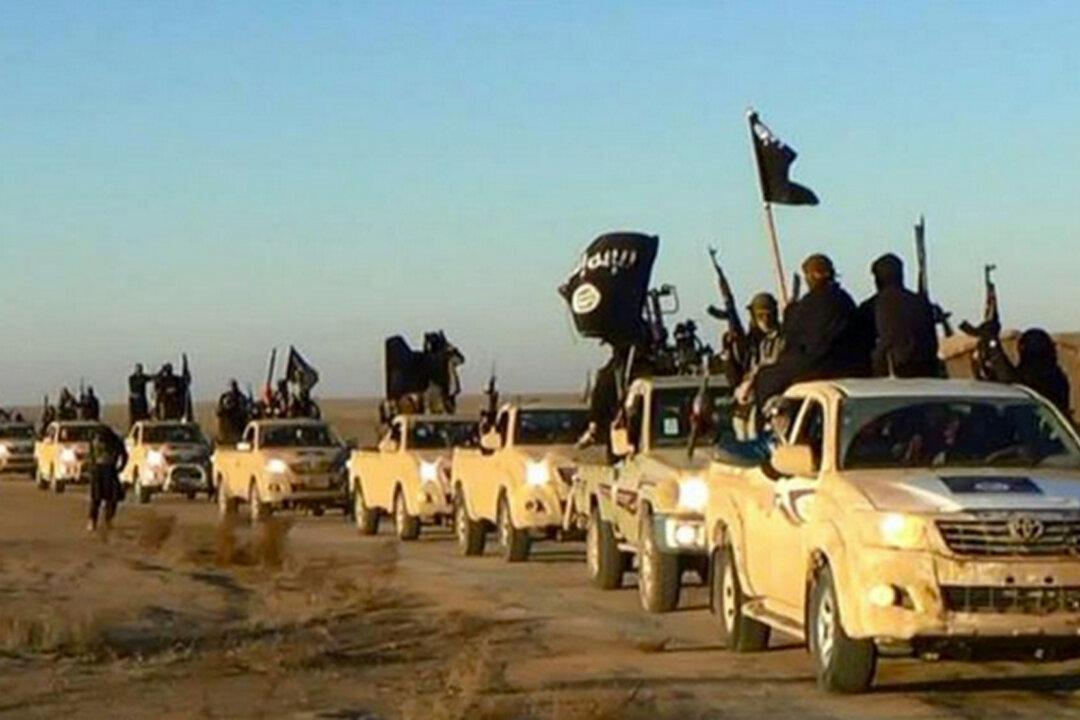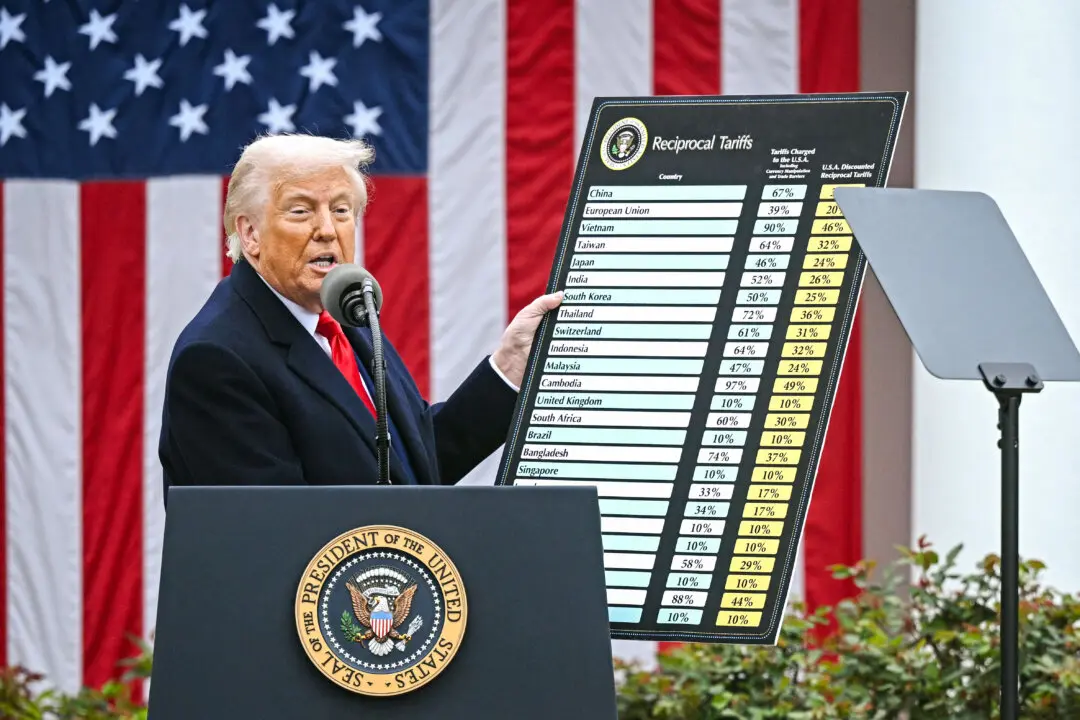The stark imagery of gory beheadings, crucifixions, and people being burned alive at the hands of ISIS terrorists have flooded social media websites in recent years, but the majority of the propaganda produced by the group depicts civilian life, according to a think tank.
While ISIS continues prominent efforts to glorify acts of violence, its most recent propaganda push shifts focus to prove it’s a genuine nation state.
A new report by the counter-extremist Quilliam Foundation departs from the media’s focus on ISIS’s frequent acts of brutality by stressing the importance of trying to understand the group’s confusing long-term strategy.
The terrorist group created more than 1,100 pieces of propaganda between July 17 and August 15 of this year, said the report. The pieces include photos, videos, audio statements, news bulletins, theological essays, and more.
On average, 38 individual pieces of propaganda are produced each day in an “unrivaled” operation stretching from West Africa to Afghanistan that works around the clock.
The group’s civilian output focused mainly on local services, religion, and economic activity. Among the languages used are Arabic, German, English, Russian, Kurdish, and French.





